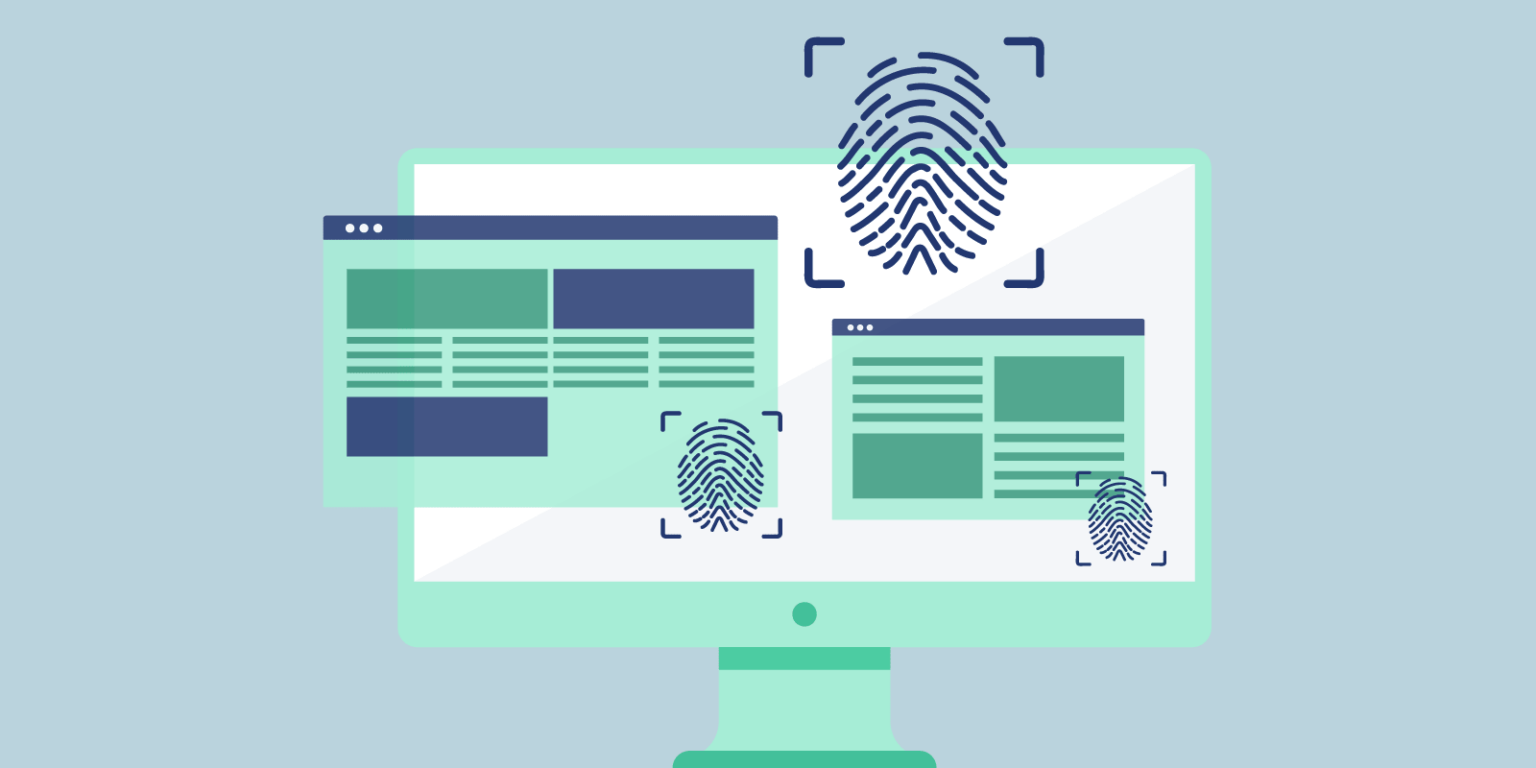Web browsers are one of the most important software we come into contact with daily. This, if not the most important, is the user’s window on the Internet. And without it, this network cannot be taken advantage of. However, this software has a hazardous side, and its danger is clearly visible in what is known as the browser fingerprint.
Browser fingerprinting is the method that allows the websites you visit to identify and identify you. So websites can target you with ads, learn more about you, or even track you.
And this process is based on specific software. However, there are many ways to avoid the dangers of these fingerprints, and they can be prevented completely.
What is a browser fingerprint?
Browser Fingerprinting is a means of acquaintance between the user and the website. This fingerprint identifies each visitor and is built from data that your web browser sends to the site.
This data is used to create a file for you on each website you visit, and it is called a fingerprint because it differs from one visitor to another. At the same time, it depends on how much unique data each user has.
The term “fingerprint” has been used for many years. However, it may not be clear to everyone, but to simplify, the fingerprint is a set of unique information for the user, and it has nothing to do with the literal sense of the word. That is, it has nothing to do with the fingerprint sensor found in modern devices.
Your fingerprint consists of information including the browser you are using and its version, the operating system you are using the browser on, the language of the device, and more information whether it is simple and general, or highly specific.
This information may be normal and not sensitive, but when a large amount of it is collected, it will be enough to paint an accurate picture of each user.
For example, the site you are visiting can know that you are using Chrome browser version 92, your primary language is French, your screen resolution is 1920*1080..etc. When combined, this information is more valuable.
How does this technique work?
The accuracy of the algorithms that generate these fingerprints is very high. That’s according to a study published in 2016. It also found that 81% of website visitors can be categorized and created their own profiles.
The process does not depend on the collection of simple information mentioned above. Rather, the site may collect more accurate and specialized information about you, including the type of graphics card you are using, the identification of the audios installed on your device, and the media definitions of your device.
Of course, sites that use fingerprints can legitimately benefit from your information and benefit you based on your information. However, one of the most important goals of this technique is to retarget you with ads.
With all this amount of information, the site can target you with suitable ads for you, which benefits all parties, but there is no doubt that the entire process puts your privacy at risk.
How to Protect Yourself From Browser Fingerprint
All the aforementioned information is collected through software embedded in the websites, known as “scripts.” To prevent the process from happening, you need to prevent this software from working.
In this case, you can rely on browser add-ons such as NoScript. This completely stops the work of JavaScript code in the browser. But do not be surprised if the site stops working at that time.
Many sites refuse to work if this software is discontinued. And, of course, you can use incognito mode, use a VPN. Or other methods that generally preserve privacy and protect you somewhat.

